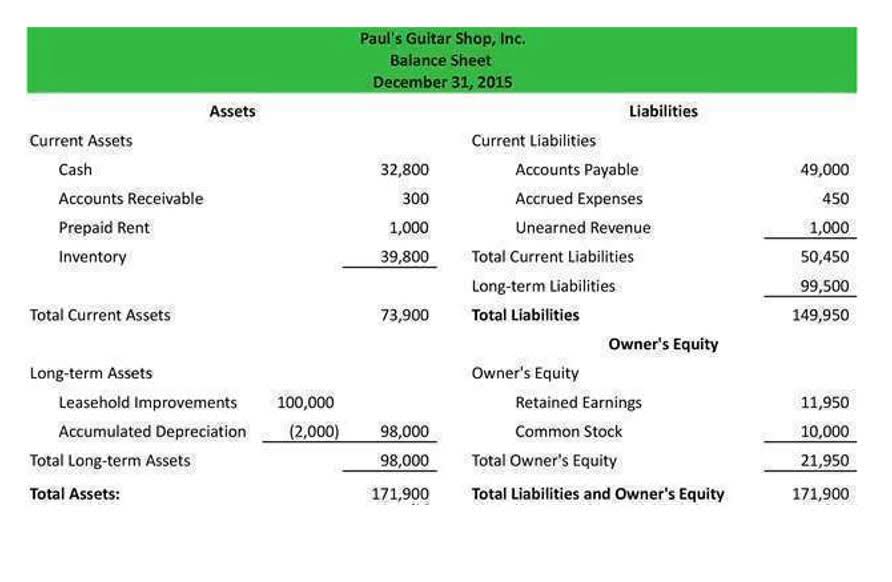
After everything is closed and the old year is done, accountants sometimes perform one more step that could be called the beginning of the next accounting cycle as easily as it could be called the end of the old. For example, if you posted a purchase order with the wrong quantity of products in one period, you could undo that posting with a reversing entry at the beginning of the next period. To simplify the recording process, special journals are often used for transactions that recur frequently, such as sales, purchases, cash receipts, and cash disbursements. And, a general journal is used to record all those that do not fit in the special journals.
The original adjusting entry is simply reversed at the start of month 2. The wages payable account now has a zero balance (1,500-1,500), and as expense accounts are temporary and are zeroed at the start of each month, the wages expense account now has a credit balance of 1,500 (0-1,500). In this scenario, Company X can simply make a reversing entry at the beginning of the November accounting period. The reversing entry will decrease wages payable by $600 and decrease wages expense by $600. Then, when the November payroll is paid in whatever amount, it can be recorded by increasing (debiting) wages expense and decreasing (crediting) cash with the total amount paid.
Cash Flow Statement Template
Since the unearned revenue account already reflects the correct balance on January 1, 2024, there is no need to reverse the above adjusting entry anymore. The net effect of this entry to salaries expense would be a debit balance of $7,000 since the account was first credited for $5,000 on January 1 and debited for $12,000 on January 15. The total payroll of $12,000 consists of $5,000 salaries expense recognized on December 31, 2022 and $7,000 on January 15, 2023. Preparing the reversing entries is the last step in the accounting cycle of the business. The Accounting Cycle refers to the steps that a company takes to prepare its financial statements.

Adjusting entries are made for accrual of income, accrual of expenses, deferrals (income method or liability method), prepayments (asset method or expense method), depreciation, and allowances. Simply put, the ledger collates all records made to specific reversing entries are optional accounts. For example, all journal entry records made to “Cash” are posted into the Cash account in the ledger. After posting is complete, we will be able to see all increases and decreases in Cash; and from that, we can determine the remaining balance.
Balance Sheet
Similar to prepaid expenses, there are also two methods for recording deferred income, also called unearned income. If the invoice amount on January 6 had been $18,250 the entire amount would be debited to Temp Service Expense and credited to Accounts Payable. The resulting debit balance of $250 in Temp Service Expense will be reported as a January expense. Since the $250 is insignificant difference from an estimated amount, it is acceptable to report the $250 as a January expense instead of a December expense.
The accounting process starts with identifying and analyzing business transactions and events. Not all transactions and events are entered into the accounting system. When the bill is actually paid in January, the bookkeeper must remember that the expense was already recorded in December.
